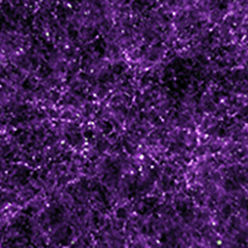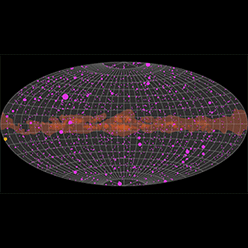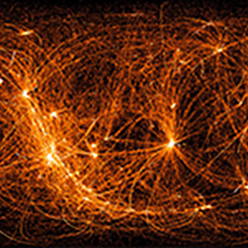Science Interest Groups (SIGs) are standing groups of scientists with interests in a certain area of astrophysics. SIGs provide quantitative metrics and assessments to NASA in regard to current and future needs of the community in that area, and act as a focal point and forum for the community.
Most SIGs operate within one of the three themes of NASA Astrophysics — Physics of the Cosmos, Cosmic Origins, and Exoplanet Exploration — but some encompass all astrophysics themes.
All PhysCOS SIGs are chaired by one or more members of the PhysPAG Executive Committee. Anyone subscribed to a SIG’s mailing list is considered a member of the SIG.


